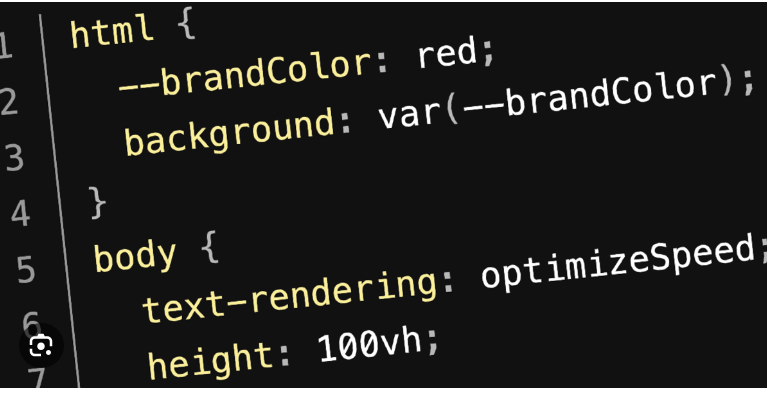
Kubernetes is a powerful container orchestration platform that simplifies the deployment and management of containerized applications. However, you may encounter issues where your pods continuously crash and restart, resulting in the CrashLoopBackOff error. In this article, we will explore the potential causes behind this error and provide comprehensive troubleshooting steps to resolve it.
Understanding the CrashLoopBackOff Error
The CrashLoopBackOff error occurs when a pod crashes immediately after starting and enters a restart loop. Kubernetes identifies this situation and prevents continuous restart attempts, thereby marking the pod as "CrashLoopBackOff." To investigate and fix this issue, we need to consider several potential causes.
1. Insufficient Resource Allocation
Symptoms
- Pods crash and restart repeatedly.
- Logs indicate resource-related errors.
Resolution
- Identify the resource requirements of your application (CPU, memory).
- Check the resource limits set in the pod specification.
- Increase the resource allocation by modifying the pod's resource requests and limits.
2. Application Errors or Misconfigurations
Symptoms
- Pods crash and restart with error messages indicating application issues.
- Misconfigured environment variables or application dependencies.
Resolution
- Review the pod's logs to identify the specific error messages.
- Inspect the application code and configuration files for any potential issues.
- Verify that the required environment variables are correctly set.
- Ensure that the application dependencies are properly installed.
3. Image Pull or Registry Issues
Symptoms
- Pods fail to start due to image pull errors.
- Registry authentication or network connectivity problems.
Resolution
- Check the pod's image pull policy.
- Verify that the image repository and tag are correct.
- Ensure the availability of the image registry.
- Validate the network connectivity between the cluster and the registry.
- Configure any necessary authentication credentials or secrets.
4. Persistent Volume (PV) or Persistent Volume Claim (PVC) Problems
Symptoms
- Pods crash due to errors related to PV or PVC.
- Inadequate storage capacity or misconfigured volume settings.
Resolution
- Examine the PV and PVC definitions for correctness.
- Verify the availability of the requested storage resources.
- Ensure that the PV and PVC are bound and in the correct state.
- Check the access modes and reclaim policies of PV and PVC.

5. Network or DNS Issues
Symptoms
- Pods crash due to network-related errors.
- DNS resolution failures or network connectivity problems.
Resolution
- Ensure that the pod's networking configuration is correct.
- Check if the service DNS names are resolvable within the cluster.
- Verify the network policies and ingress/egress rules.
- Diagnose any potential network issues within the cluster.
6. Node Resource Constraints
Symptoms
- Pods crash due to insufficient node resources
- High resource usage on the node(s) where the pods are scheduled.
Resolution
- Monitor the resource utilization of the underlying nodes.
- Consider scaling up the cluster or allocating more resources to the nodes.
- Adjust the pod's resource requests and limits to fit within the available resources.
Conclusion
In this article, we explored the CrashLoopBackOff error in Kubernetes and discussed several
potential causes and resolutions. By carefully considering resource allocation, application
errors, image pull issues, PV/PVC problems, network/DNS concerns, and node resource
constraints, you can effectively troubleshoot and resolve the CrashLoopBackOff error in your
Kubernetes environment.
If you enjoyed this piece, we've crafted a related article delving into Perl Data Types. Explore it here. here.
final thought

by Harsh Verma
final thought

